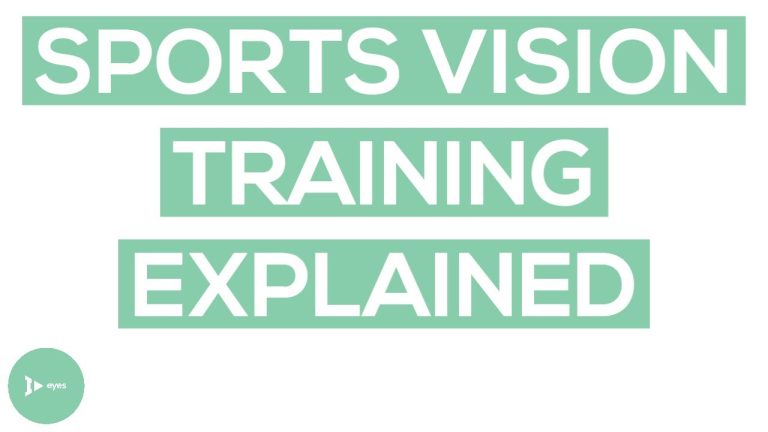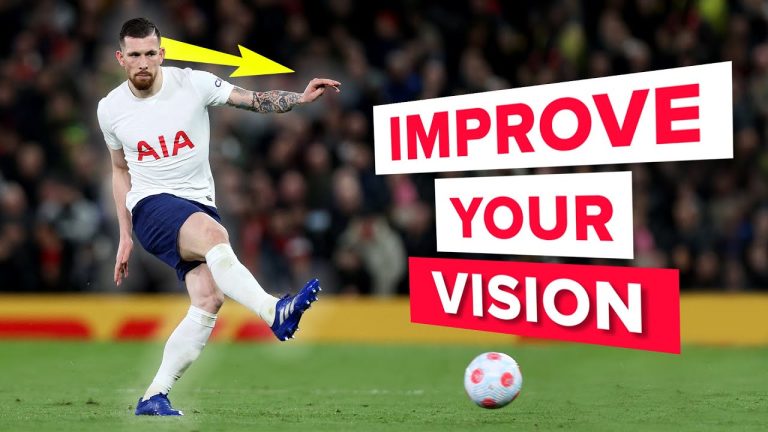Maximizing Athletic Performance with Sports Vision and Power: Tips and Techniques from Vision Care Experts
As athletes, we invest so much time in developing our bodies to enhance our performance on the field. We spend hours at the gym, eat healthy diets, and follow intense training regimes to build our strength. But what about our eyes? How much attention do we give to our visual system, which plays an important role in all sports?
Sports vision is the study and practice of enhancing visual performance in sports. It takes into account a number of variables that can affect eyesight, including depth perception, color vision, hand-eye coordination, and visual reaction time. An athlete who has optimal sports vision skills can have a competitive edge over others.
Power of Sports Vision
Sports vision is not just about having 20/20 vision, but it’s about how the brain interprets visual information. The key functions of the visual system, such as visual acuity, depth perception, and peripheral vision are crucial to an athlete’s performance in sports. Lack of any of these functions can have a detrimental impact on an athlete’s performance.
Research has shown that elite athletes, in various sporting event, have developed superior visual skills as compared to their non-athlete counterparts. Soccer players, for example, have been found to have better visual acuity, reaction times, and color discrimination. Tennis players have a superior ability to track fast-moving objects, while basketball players have excellent peripheral vision. These abilities are not just dependent on superior eye anatomy, but also on years of practice and training.
Developing Sports Vision
Developing sports vision can be achieved through structured training and practice. Training the eyes to react quickly to visual stimuli creates a fundamental skill that can improve an athletes’ overall performance.
Visual stimulation exercises, such as focusing on moving objects, tracking multiple objects, and quickly scanning the court or field, can help an athlete develop their visual memory and peripheral awareness. The use of visual aids such as glasses or contact lenses with color-enhancing tints can help athletes better pick up various visual cues.
Conclusion
Having excellent sports vision is not something one is born with, but develops over time through practice and training. Committed practice and diligent training can improve the athletes’ visual skills, increase their responsiveness and give them a competitive edge in sports. With the help of optical and vision care products, athletes can achieve enhanced sports vision that would bring them closer to their goals.
- Depth perception
- Color vision
- Hand-eye coordination
- Visual reaction time
- Soccer players have been found to have better visual acuity, reaction times, and color discrimination.
- Tennis players have a superior ability to track fast-moving objects, while basketball players have excellent peripheral vision.
- Visual stimulation exercises, such as focusing on moving objects, tracking multiple objects, and quickly scanning the court or field, can help an athlete develop their visual memory and peripheral awareness.
- The use of visual aids such as glasses or contact lenses with color-enhancing tints can help athletes better pick up various visual cues.
Most wanted in Hoya Vision:
What brand lenses does Costco use?
What does +0.25 mean on an eye test?
Do tinted glasses help with migraines?
Hoya Lens Engravings
Should eyeglasses cover eyebrows?
Hoya Identification Chart
What are prism eyeglass lenses?
Does hyperopia worsen with age?
Is gray or brown better for transition lenses?
What LED light is best for broken capillaries?
















